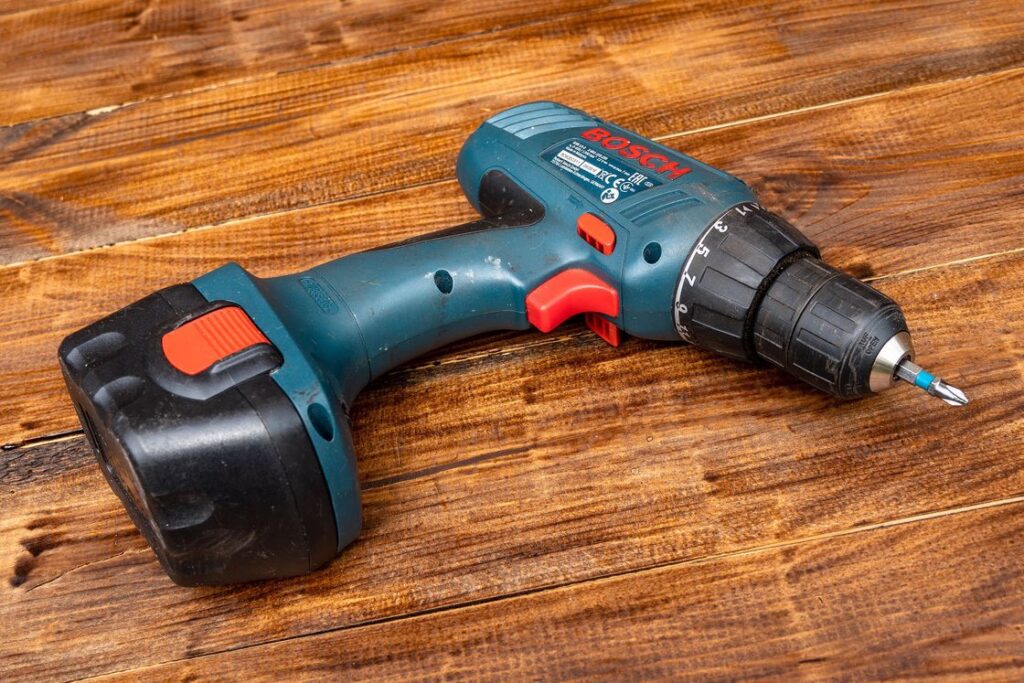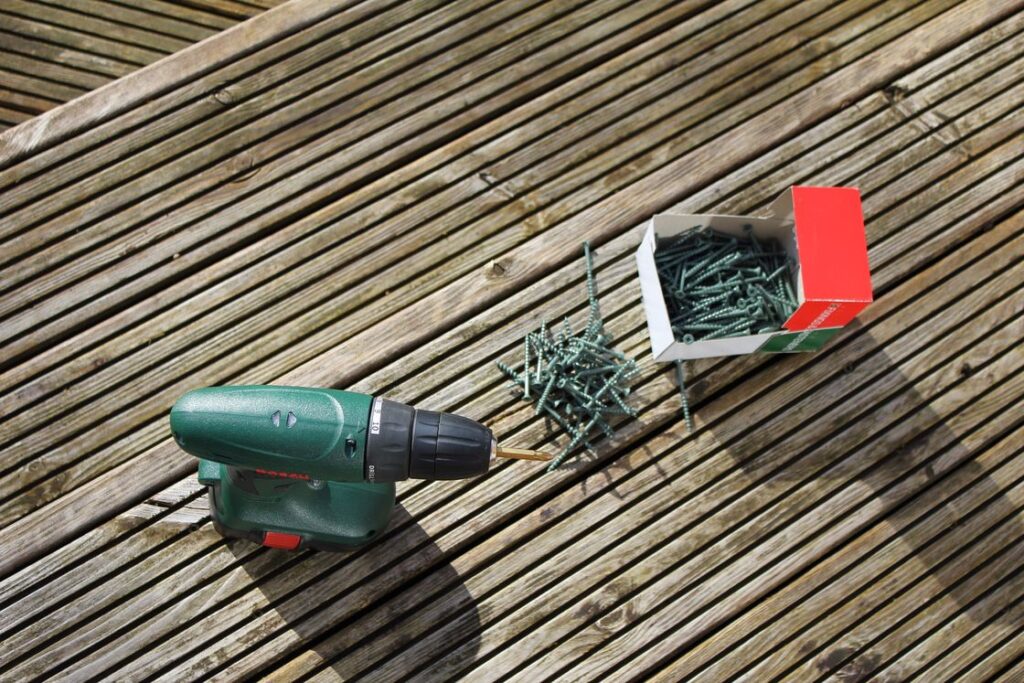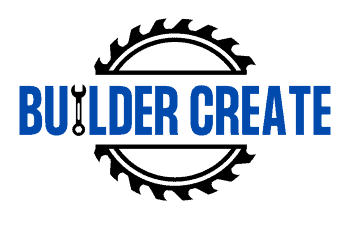#14 screws aren’t your typical standard-size screw. In fact, they are rarely used because of their large size. If you don’t know what size drill bit for a #14 screw is, you definitely should know if you’re into heavy-duty use.
Contents
What Size Drill Bit for a #14 Screw?
To determine the drill bit size for a #14 screw, it’s based on the pilot hole size and whether it’s softwood or hardwood. For softwood, use a size drill bit of 5/32 inches, and for hardwood, use a size drill bit of 11/64 inches.

Don’t confuse this with taps like the 7/16-14 tap. This isn’t part of the common standard screw sizes, unlike the #12 screw which is commonly used.
Also, do note that there are also other types of #14 screws that may have different drill bit sizes. These include:
- AB self-tapping screws
- Type B self-tapping screws
- Type 25 thread-cutting screws
Tips for Using Medium Drill Bits
Consider Using Stud Finder
A stud finder ensures you are not drilling into a water pipe or electric cables. Drilling through electric cables can create a huge accident, like electrocuting yourself. So, it’s best to use a stud finder as a safety precaution.
It’s also useful to avoid hitting water pipes which can cause leakage and flooding in your home. You should use a stud finder when drilling with hazardous materials near the drilling spot.
If you’re drilling into an unfamiliar surface, it’s best to use a stud finder to ensure you are drilling precisely and accurately. It’s better to be safe than sorry.
Know Your Drill Speed
For medium drill bits, it’s important to know the speed of the drill. Drill bits get hotter the faster it spins. When drilling metal or bricks, most people would set their drills to low speed and pressure. This is to avoid overheating and damage to the drill.

The drill’s speed should be adequate for the size of the drill bits, which is medium. The bigger your drill bits are, the slower the speed should be. For medium drill bits, moderate speed is generally what you want. It helps you drill through metal and bricks faster and with better precision.
Maintaining the right speed helps prevent the drill from overheating. If you see smoke coming from your drill, it’s a sign that you should stop what you’re doing and let your drill cool down.
Use a Test Board
When drilling wood or metal, your medium drill bits can create a splintered hole on one side. This is called a blowout which most amateur DIY workers get often. Blowouts can damage your workpiece affecting its quality.
It can sometimes lead to accidents since the drill bursting through the hole will make you lose control when you’re careless.
To stop this from happening, you can use a test or spare board as a cushion to clamp the piece down. The spare board prevents any blowouts since it acts as a cushion when drilling a hole.
Conclusion
#14 screws are generally used for traditional woodwork and heavy-duty projects. They are more commonly used in the United States, Canada, and even the UK.
